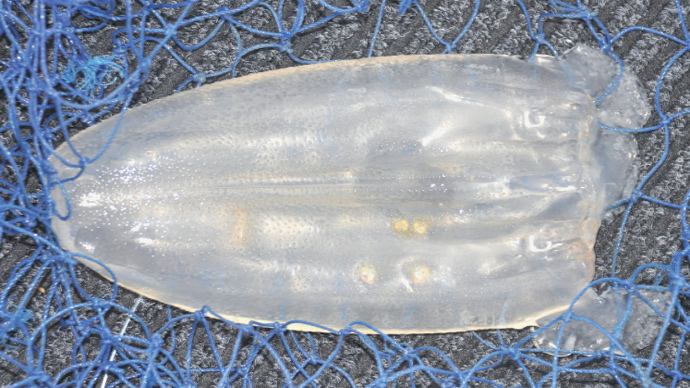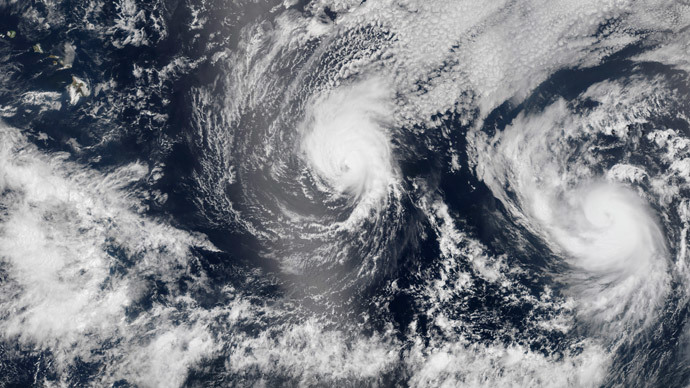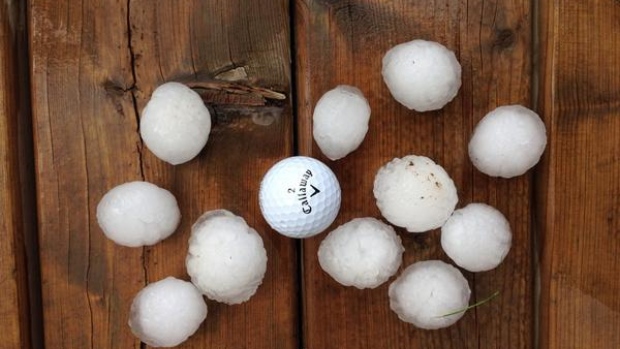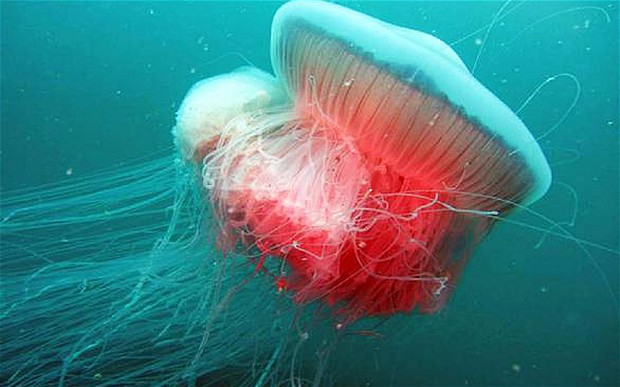
© Museum.wa.gov.au
Two new species of extremely poisonous jellyfish have been found off the coast of northwest Australia. Irukandji jellyfish are normally the size of a fingernail, but one of the specimens is the length of an arm.
The smaller of the two is the
Malo bella, which was found near Exmouth. The larger one, the
Keesingia gigas, was caught in a fishing net off Shark Bay further to the south.
The
discovery - which was made by Lisa-Ann Gershwin, a CSIRO scientist and director of Marine Stinger Advisory Services - brings the number of Irukandji species found globally to 16, nine of which are in Australian waters. Until now, there were only two species of jellyfish found off Western Australia.
The
Keesingia gigas is the length of an arm and can cause the potentially fatal Irunkandji syndrome - resulting in pain, vomiting, nausea, and in extreme cases stroke and heart failure.
Gershwin said the existence of the larger
Keesingia gigas was previously known, but until now it had never been officially classified.
"It is absolutely humungous - the body is about 30 to 50 centimeters tall and that's not including the tentacles. It's an absolute whopper of a jellyfish," she told ABC Australia.



Comment: Mysterious jellyfish-like creature washing up on California coast